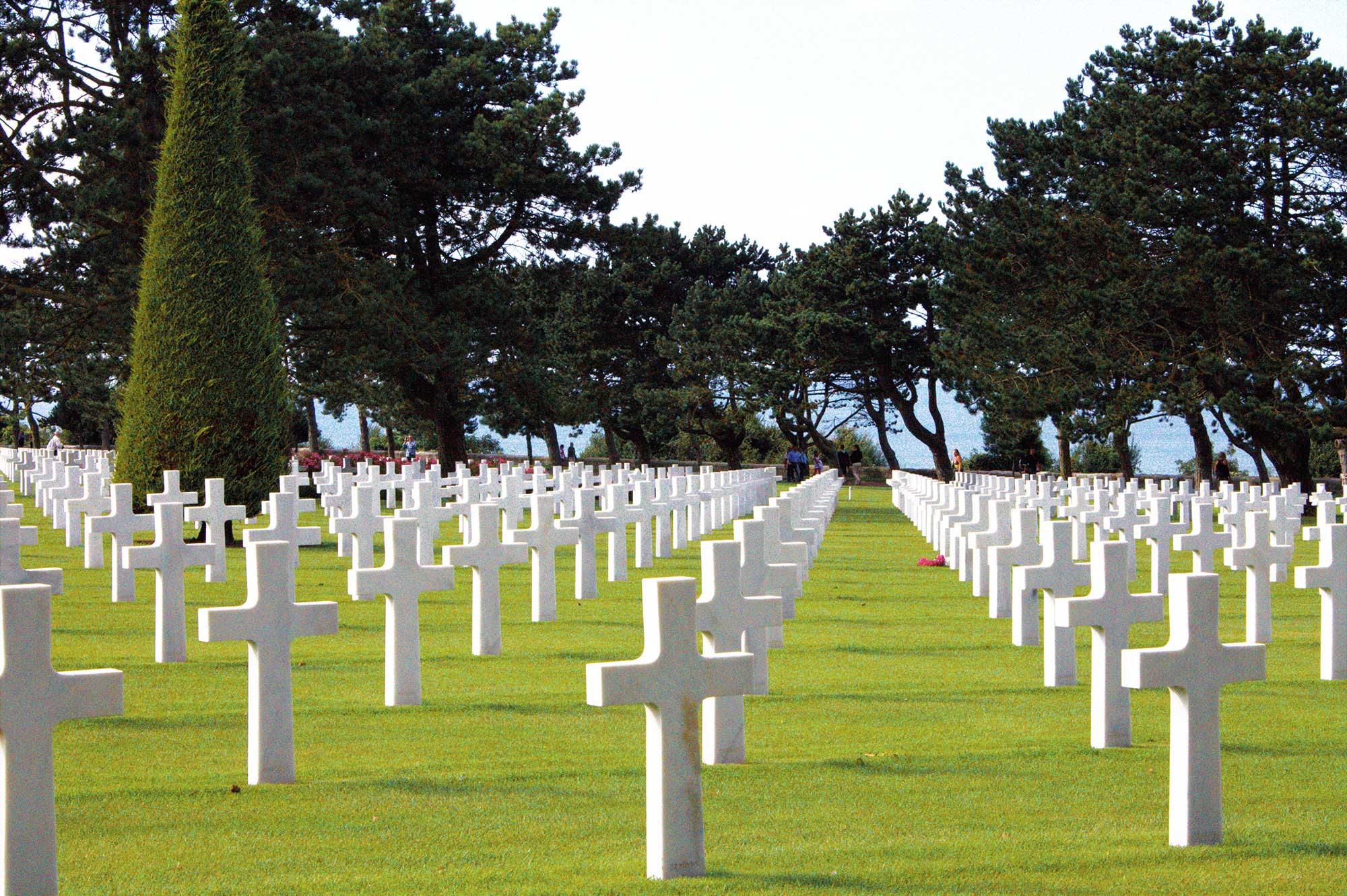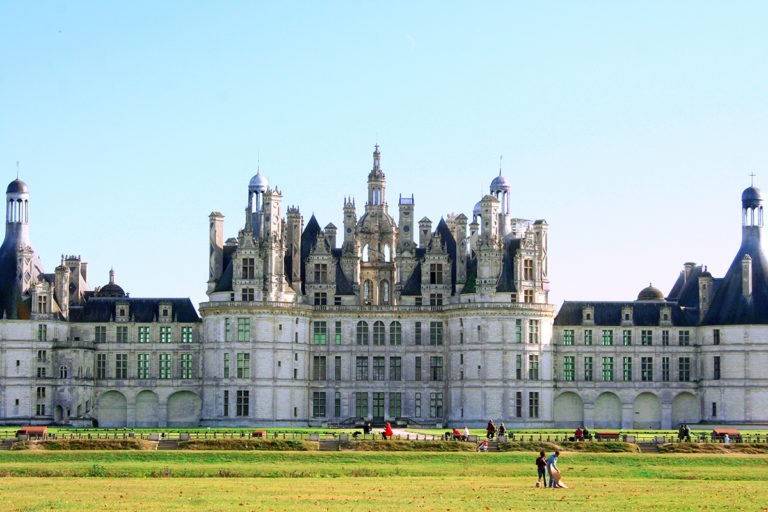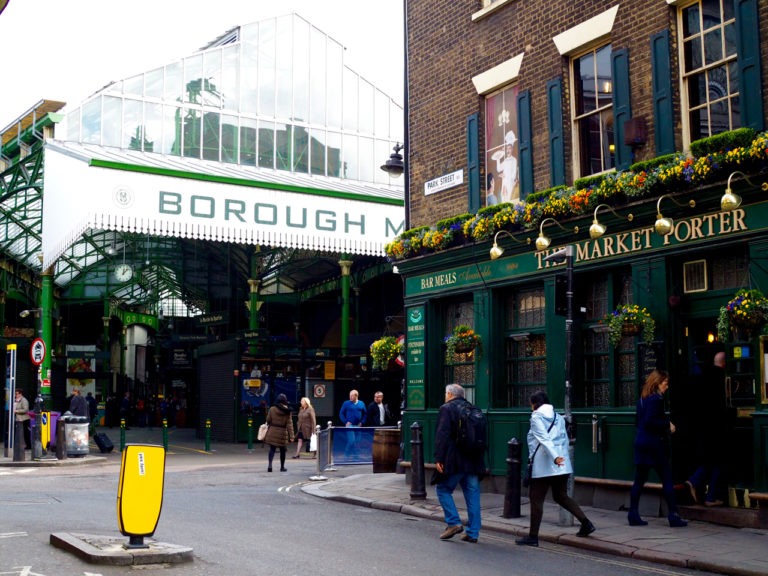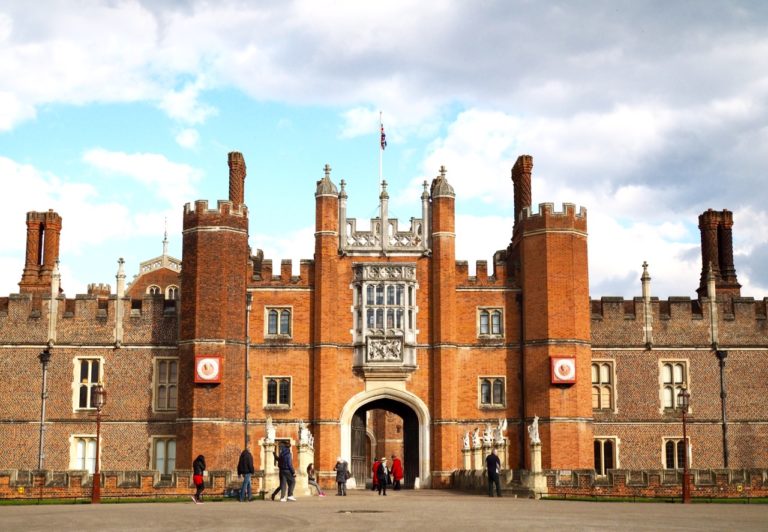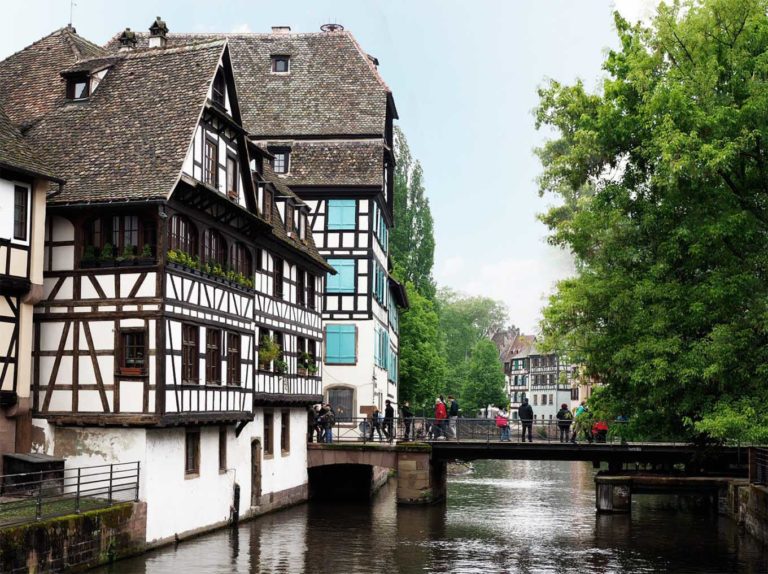World War II sites in Europe – key remembrance locations
When most people think of Europe, they either think of its romantic cobblestone streets (Paris, Rome, Prague!) or its mouthwatering local delicacies (Modena, Alsace!). Yet, too few picture its agitated and often tragic history, which may not be as rosy but is infinitely more important.
For history to stop repeating itself, we must remember the hardship. And there simply is no better way to fully grasp the extent and depth of the great wars than to set foot in the actual places they so appallingly came about.
Here are five noteworthy World War II Sites in Europe that you must visit once in your life. To remember and honour the victims, and to further awareness of such hateful crimes.
London, United Kingdom
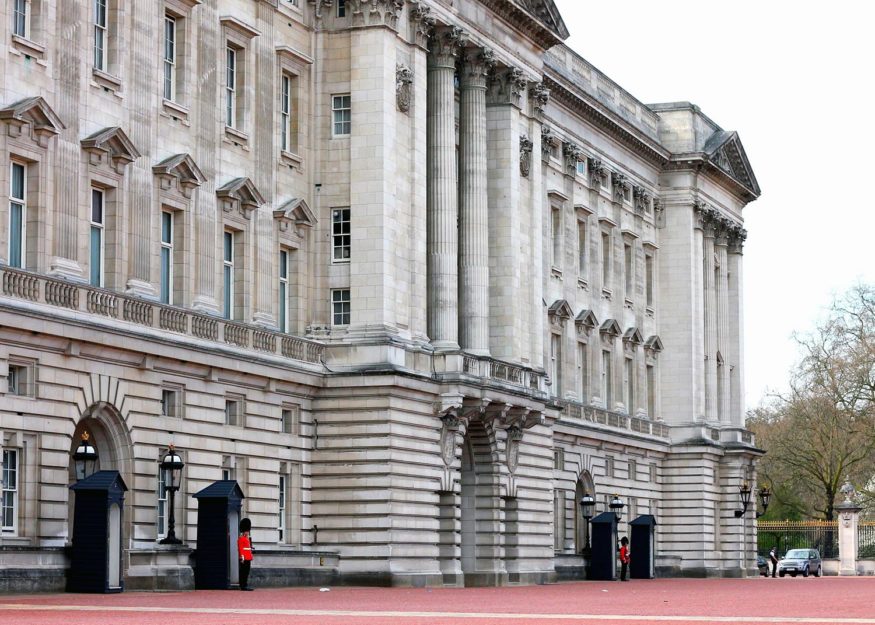
Did you know that the popular “Keep Calm and Carry On” posters actually originate from the London Blitz during World War II, when the slogan was plastered all over the London Underground in order to urge passengers to… keep calm and carry on with their business. After all, as so dutifully noted by author Fraser McAlpine:
There is something quintessential in the way the posters do not say “Don’t Panic” or “We Will Prevail”… They say “Keep Calm,” and what that means is, “We may be suffering something of an invasion at the moment, but that’s no reason to start acting in a rash and hot-headed manner. We may be a subjugated nation — temporarily — but we are not about to start acting like savages. And what of the “Carry On?”… As a nation, we have been trained to look past the bad behavior of our rudest guests, especially the uninvited ones, and rather than cause a scene, we shall just go about our daily business as if nothing has happened.
Fraser McAlpine
Indeed, London suffered severe damage from repeated air raids; which, as unfortunate as it was, definitely was not a surprise considering the British government’s key involvement within the Allies movement.
There are now two museums dedicated to World War II in London:
- The Imperial War Museum holds a permanent Holocaust Exhibition that traces the Nazi persecution throughout Europe in the 1940s.
- The Churchill War Rooms, Churchill’s secret headquarters and bunker in Westminster from where he led Britain to victory, tells the story of Winston Churchill’s life and legacy. The Cabinet War Rooms became fully operational on 27 August 1939, a week before Britain declared war on Germany, and were later on the scene of 115 meetings of Churchill’s hush-hush War Cabinet.
Berlin, Germany
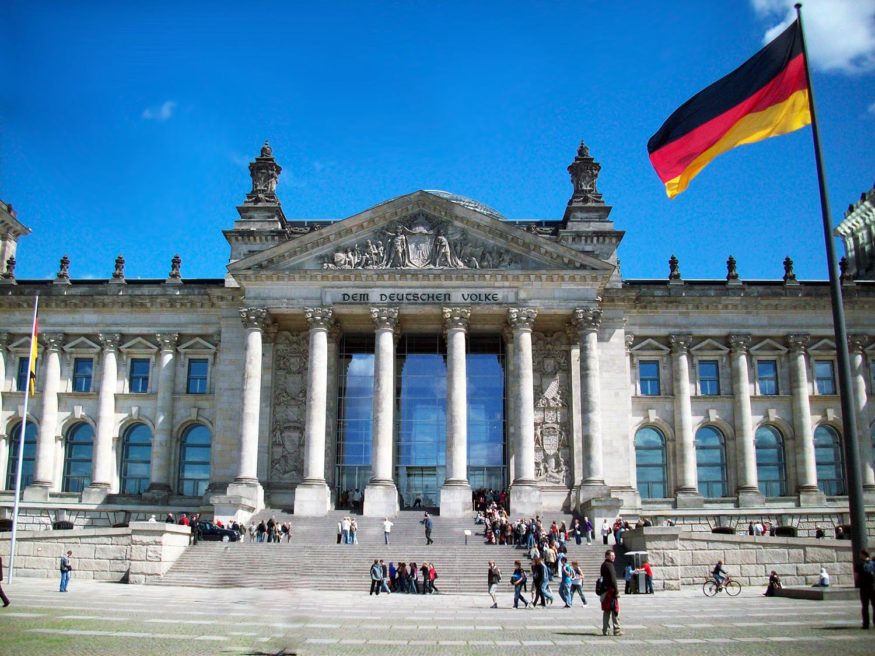
Germany is where it all started, isn’t it? While most of Adolf Hitler’s Third Reich decision-making happened in his beloved Munich, Berlin is where many pro-Nazi marches and terrorising speeches happened, most notably at the Reichstag. Understandably, it’s one of the European cities that was most badly destroyed by the Allies; at the end of the war in 1945, there just wasn’t much of Berlin left.
The Topography of Terrors is well worth a visit: exclusive war-time photographs and intel about the unimaginable propaganda methods used by the Nazis are the main topics here, but what really makes it a must-do is the fact that the museum is located precisely where the SS headquarters once were.
Another striking Berlin building pertaining to World War II is the Kaiser-Wilhelm Church, whose damaged spire stands today as a daily reminder of World War II’s terrors. Additionally, Berlin nowadays holds several war memorials, including the Memorial to the Murdered Jews of Europe near Brandenburg Gate and the Bebelplatz book burning memorial—both equally moving.
Warsaw, Krakow and Oświęcim, Poland
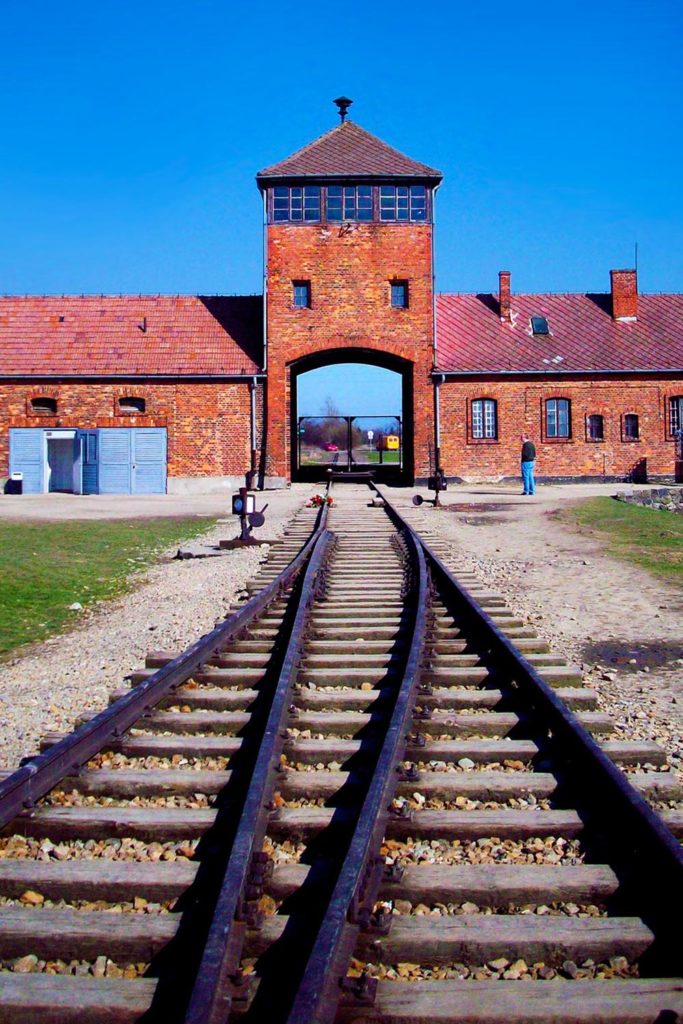
Poland is not only the most evocative World War II sites in Europe, it’s also the most dreadful. Starting in Warsaw with the ghetto uprising, then in Krakow at the Schindler’s Factory, and ending at the gloomily world-famous Auschwitz-Birkenau concentration camp in Oświęcim… It wasn’t until I got to Poland that I truly, fully grasped just how atrocious the genocide was. It’s one thing to read about it in history class, it’s another entirely to enter a room where hundreds of innocent Jews were unjustifiably gassed simply because of who they were. The horrors of Auschwitz-Birkenau made me physically ill but it opened my eyes and broadened my horizons to new limits, and for that, despite everything, I am thankful.
Thankful to be alive, and thankful to be accepting of differences.
Normandy, France
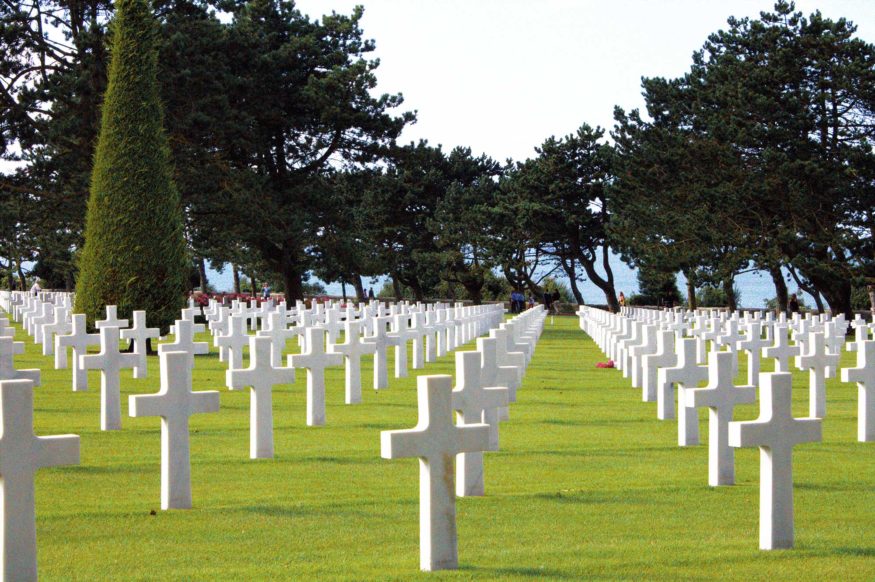
Although Paris was occupied by the Nazis quite early on as the “free” French government moved to Vichy in Auvergne, Normandy was the scene of many tragedies, significantly more so as the war drew to a close in the spring of 1944. The now-infamous and infinitely sad D-Day beaches wore a blanket of blood on June 6th, 1944, as over 135,000 Allies soldiers put in their final effort in defeating the Axis.
There are enough World War II sites in Normandy to keep anyone busy for weeks, but the most meaningful ones are located on Omaha and Utah Beaches (American soldiers) as well as Juno Beach and Vimy Memorial (Canadian soldiers). The British cemetery of Bayeux and the American cemetery-museum in Colleville-sur-Mer are downright bone-chilling.
Amsterdam, Netherlands
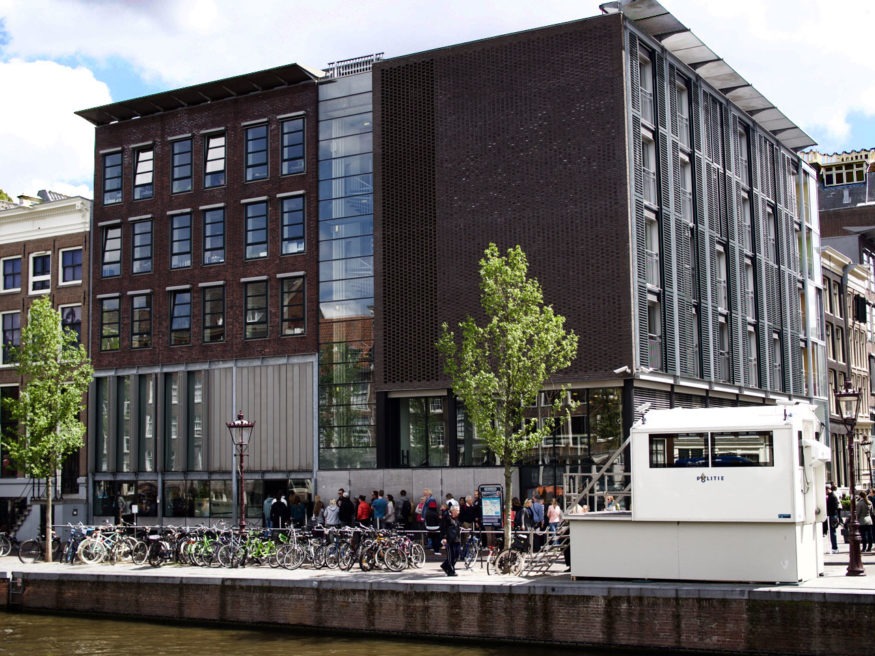
While Amsterdam was not nearly badly affected as other European cities as far as bomb damage is concerned, I feel like a thorough exploration of key locations of World War II sites in Europe would not be complete without a visit to Anne Frank Huis, a museum dedicated to the young author of the world’s most famous war journal. The exhibit actually takes place inside the very house where the Frank and Otto family were hidden during most of the war; visitors can even climb up the narrow staircase leading to the secret annexe so abundantly described by Anne Frank. Standing in the attic that was once home to an entire family of persecuted Jews in hiding was a very singular experience that I recommend to absolutely everyone; a truly life-changing feeling.
World War II sites in Europe – additional suggestions
- Concentration camps in Germany: Dachau, Mittelbau-Dora, Sachsenhausen.
- Wolf’s Lair in Poland: where Claus von Stauffenberg attempted to assassinate Hitler.
- Oradour-Sur-Glane, France: a village completely destroyed by the Nazis on 10 June 1944. All 642 inhabitants, including women and children, were massacred. After the war, General Charles de Gaulle decided the village should never be rebuilt but would remain a memorial to the cruelty of the Nazi occupation.
- Bletchley Park, England: as demonstrated in the movie The Imitation Game, this is where the German secret codes were broken.
- Musee de la Reddition, France: Precisely where World War II ended on 7 May 1945 after General Alfred Jodl surrendered unconditionally.
- Nuremberg: there are two significant World War II sites to see in Nuremberg, the Nazi Party Rally Grounds and the courthouse where the Nazi trials later on took place.

